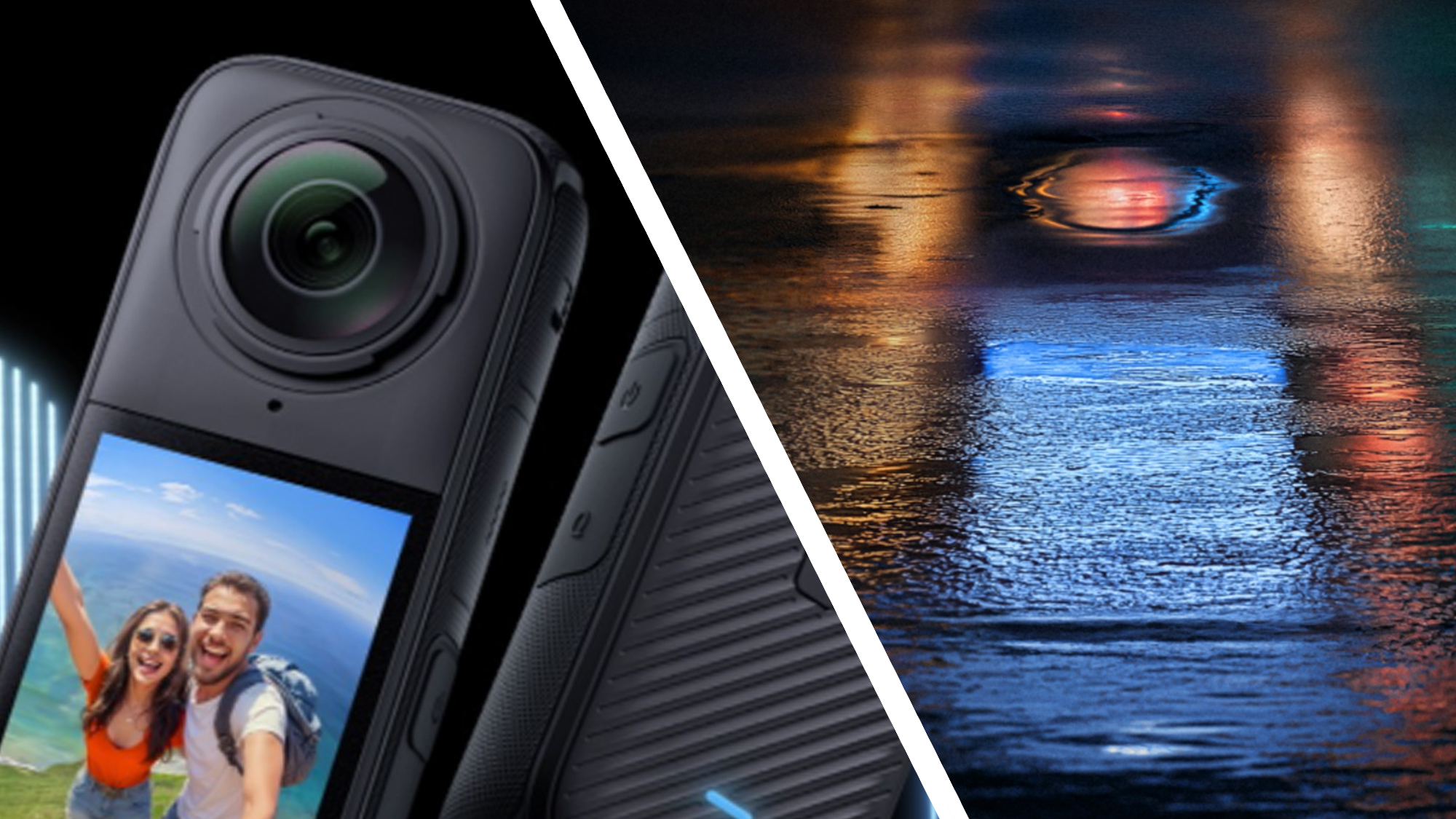Insta360: 5 Features We Want in the New 360 Camera
Insta360 has consistently pushed the boundaries of 360° camera technology, delivering innovative products that capture immersive experiences. With rumors swirling about a new camera release, we're looking ahead and outlining five key features we believe would solidify Insta360's position at the top of the 360° camera market.
Introduction: The Evolution of 360° Capture
The demand for high-quality, easily accessible 360° video and photography is booming. From capturing breathtaking landscapes to documenting everyday moments, the versatility of 360° cameras continues to impress. Insta360 has already set a high bar with models like the ONE X2 and the Link, but there's always room for improvement. Let's explore five features that could elevate their next-generation camera to new heights.
1. Enhanced Low-Light Performance:
One common criticism of many 360° cameras is their struggle in low-light conditions. Grainy footage and significant noise reduction artifacts often mar the final product. We want to see Insta360 incorporate a significantly improved low-light sensor, perhaps utilizing advanced techniques like improved image stacking or AI-powered noise reduction. This would unlock the potential for stunning night-time shots and expand the camera's usability in diverse environments.
2. Improved Stabilization and Horizon Lock:
While Insta360's stabilization is already impressive, there's always room for refinement. A more robust stabilization algorithm, particularly in scenarios with rapid movements or uneven terrain, would be a welcome addition. Further, an even more accurate and responsive horizon lock would ensure perfectly level footage, even when shooting dynamic scenes – a crucial feature for professional and amateur videographers alike.
3. Advanced Object Tracking and AI Scene Detection:
Integrating sophisticated object tracking capabilities would take Insta360's cameras to the next level. The ability to seamlessly track a subject throughout the 360° frame, even with rapid movements, would significantly simplify post-production and allow for more creative shot composition. Coupling this with advanced AI scene detection could automatically optimize settings based on the scene, resulting in consistent high-quality footage without manual adjustments.
4. Seamless Integration with Popular Editing Software:
While Insta360's own editing software is user-friendly, broader compatibility with popular professional editing suites like Adobe Premiere Pro and DaVinci Resolve is crucial. Seamless integration would simplify the workflow for professional content creators and expand the camera's appeal to a wider audience. This includes improved metadata handling and export options to make the post-production process more streamlined.
5. Longer Battery Life and Improved Heat Management:
Shooting 360° video can be demanding on a camera's battery. A significant increase in battery life, coupled with improved heat management, would be a game-changer. Extended recording times would allow for longer shoots without interruption, enhancing the usability of the camera for both casual and professional users. This is particularly important for longer events or expeditions.
Conclusion: The Future of Insta360
Insta360 has proven its ability to innovate, and these five features represent a logical progression in 360° camera technology. By addressing these areas, Insta360 could further solidify its position as a leading innovator in the immersive media market. We eagerly await the unveiling of their next generation camera and the exciting possibilities it promises.
What features do you want to see in the next Insta360 camera? Share your thoughts in the comments below!

